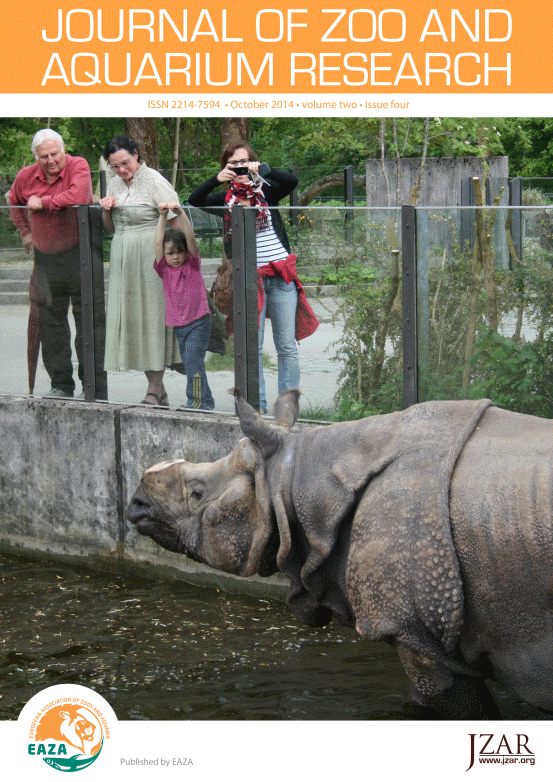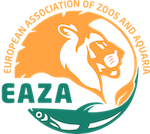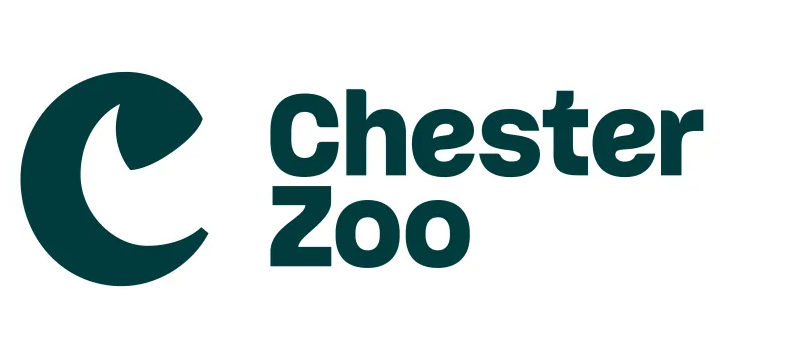Spawning behaviour and activity in seven species of ornamental dottybacks
DOI:
https://doi.org/10.19227/jzar.v2i4.72Abstract
The marine aquarium fish industry has been growing rapidly, but still heavily relies on wild-caught organisms. Dottybacks (Pseudochromidae) are among the most popular cultured marine fishes, but issues related to pair formation and filial cannibalism commonly prevent mass production. This study investigated the behavioural aspects of dottyback aquaculture, mainly the events surrounding pair formation and spawning activity. Broodstock pairs of seven species were acquired and aggression level monitored daily for each pair, as well as spawning activity and frequency. All pairs successfully bonded, but the time until bonding varied; trends were observed in aggression level for some species. Time in between bonding and spawning also presented a high variability (5.7 ± 4.2 weeks). The spawning frequency was somewhat fixed for each pair, but variable among species. Egg masses were frequently cannibalised and most pairs required many spawning events (8.7 ± 8.2) for the first egg mass to hatch. Dottybacks present no sexual dimorphism, therefore the aggression levels and variability in bonding time are probably related to sex changes. The egg mass cannibalism decreased with time and was likely related to broodstock inexperience. The results presented should aid in enhancing aquaculture protocols and hopefully stimulate worldwide dottyback aquaculture.
Downloads
Published
How to Cite
Issue
Section
License
JZAR fulfils the DOAJ definition of open access and provides free and open access to the full text of all content without delay under a Creative Commons licence. The copyright holder of JZAR publications grants usage rights to third parties, allowing for immediate free access to the work and permitting any user to read, download, copy, distribute, print, search, or link to the full texts of articles.







